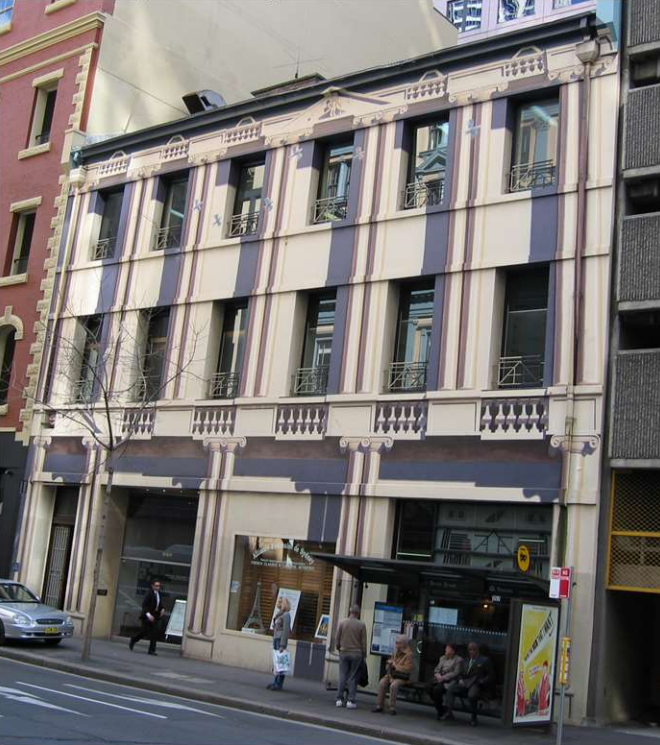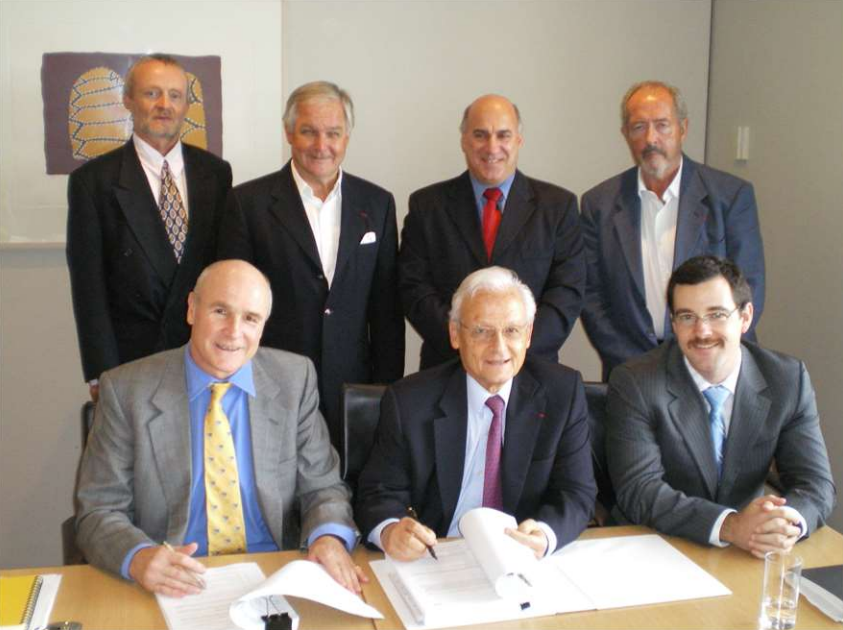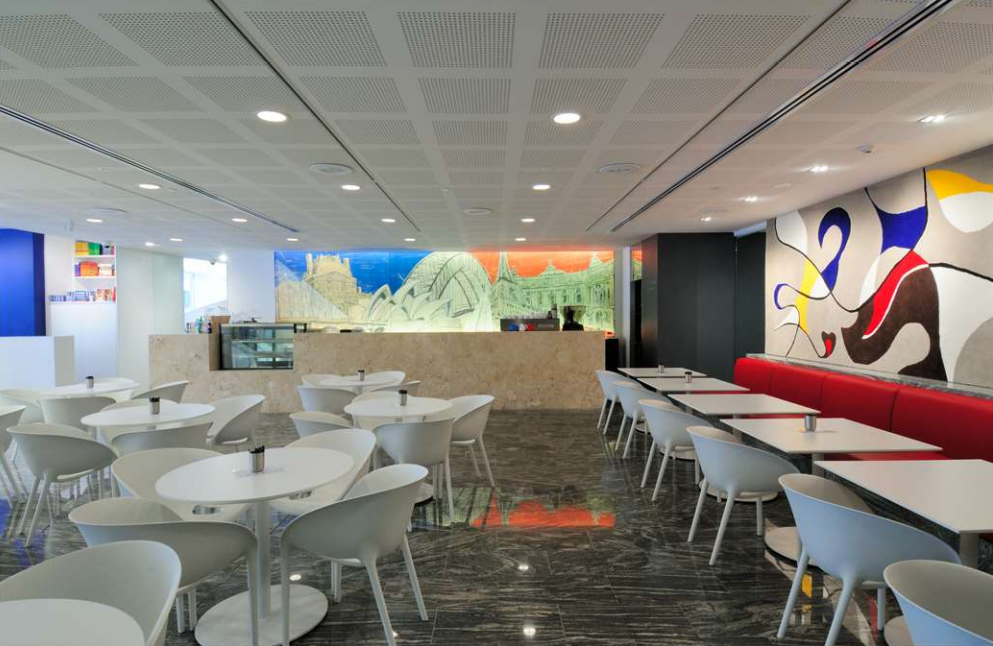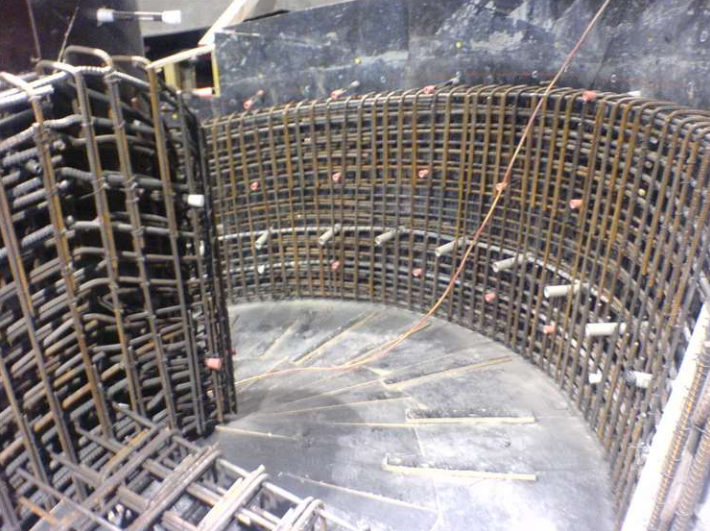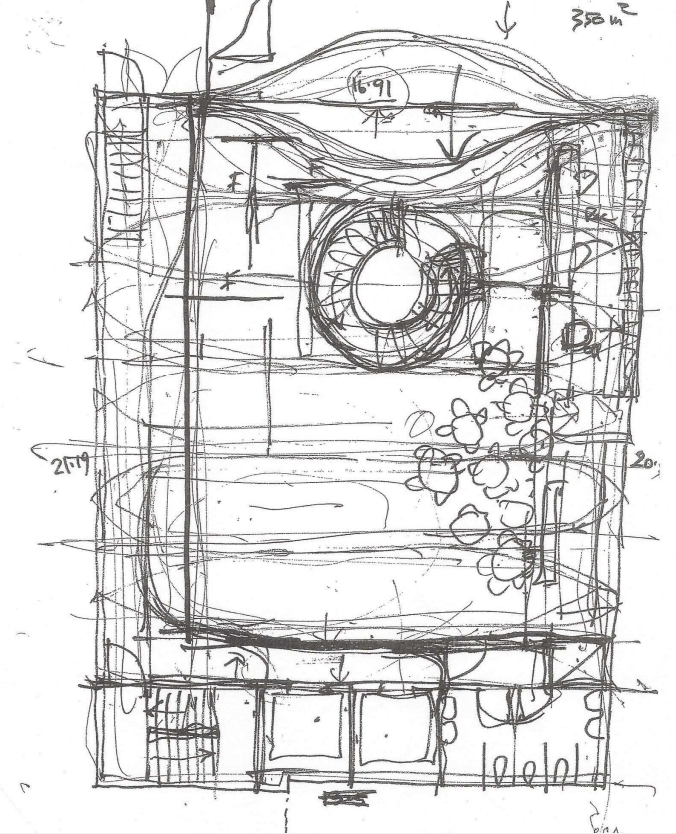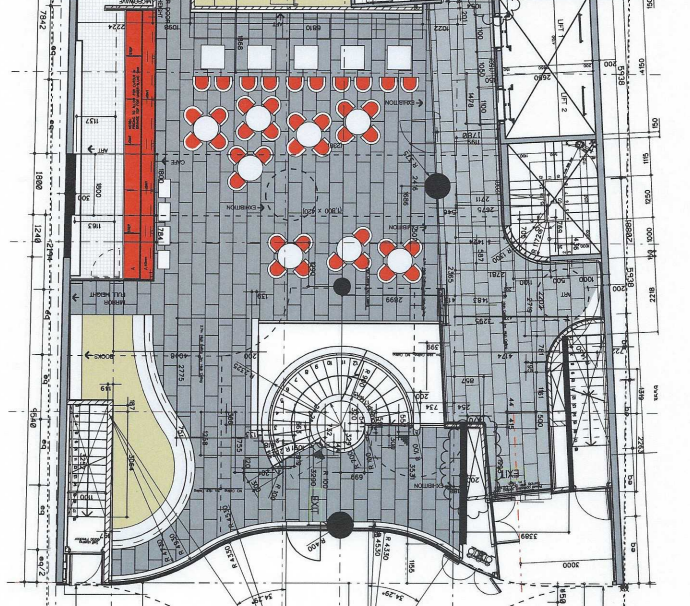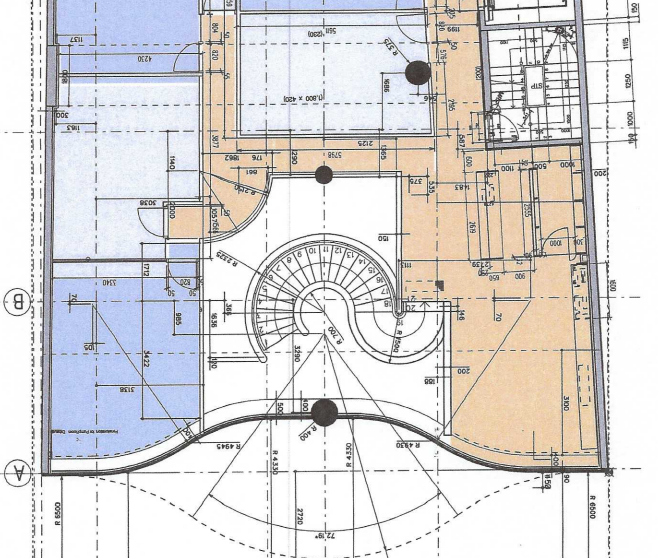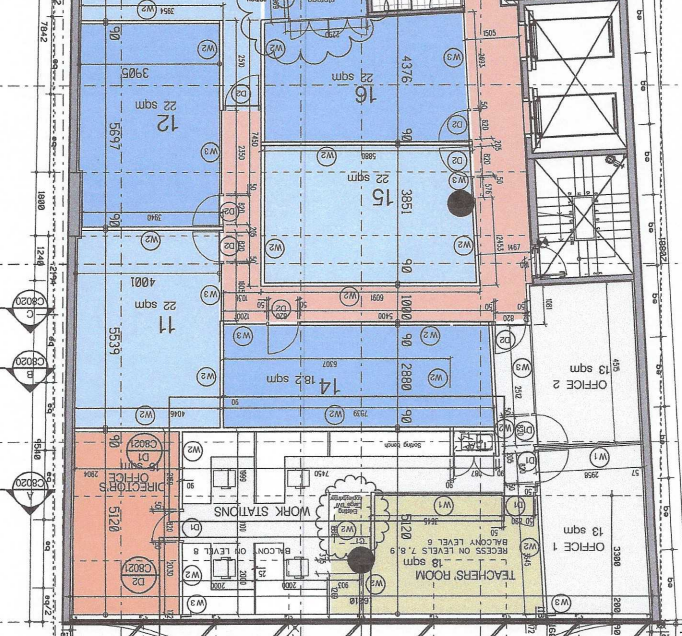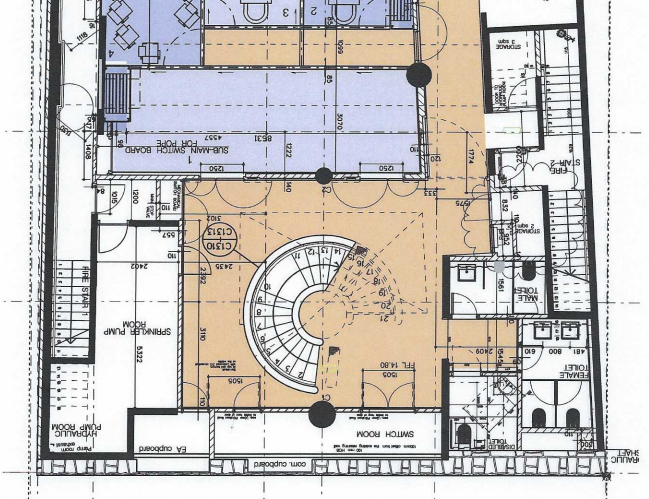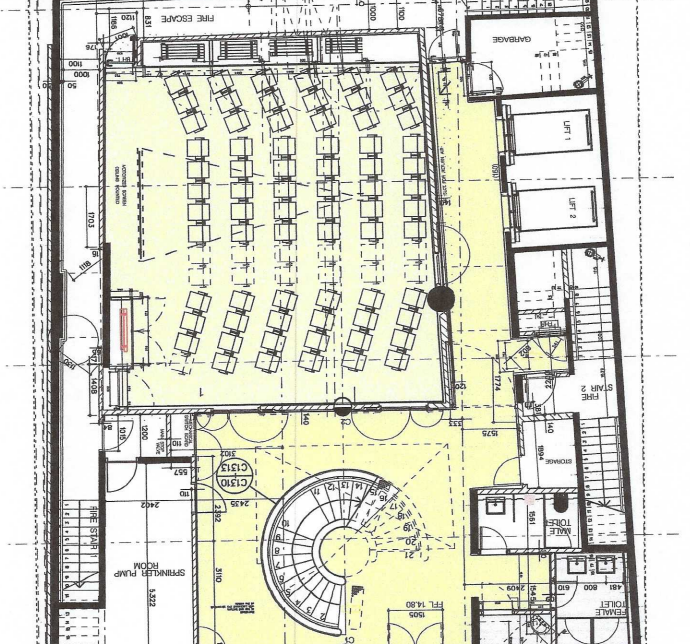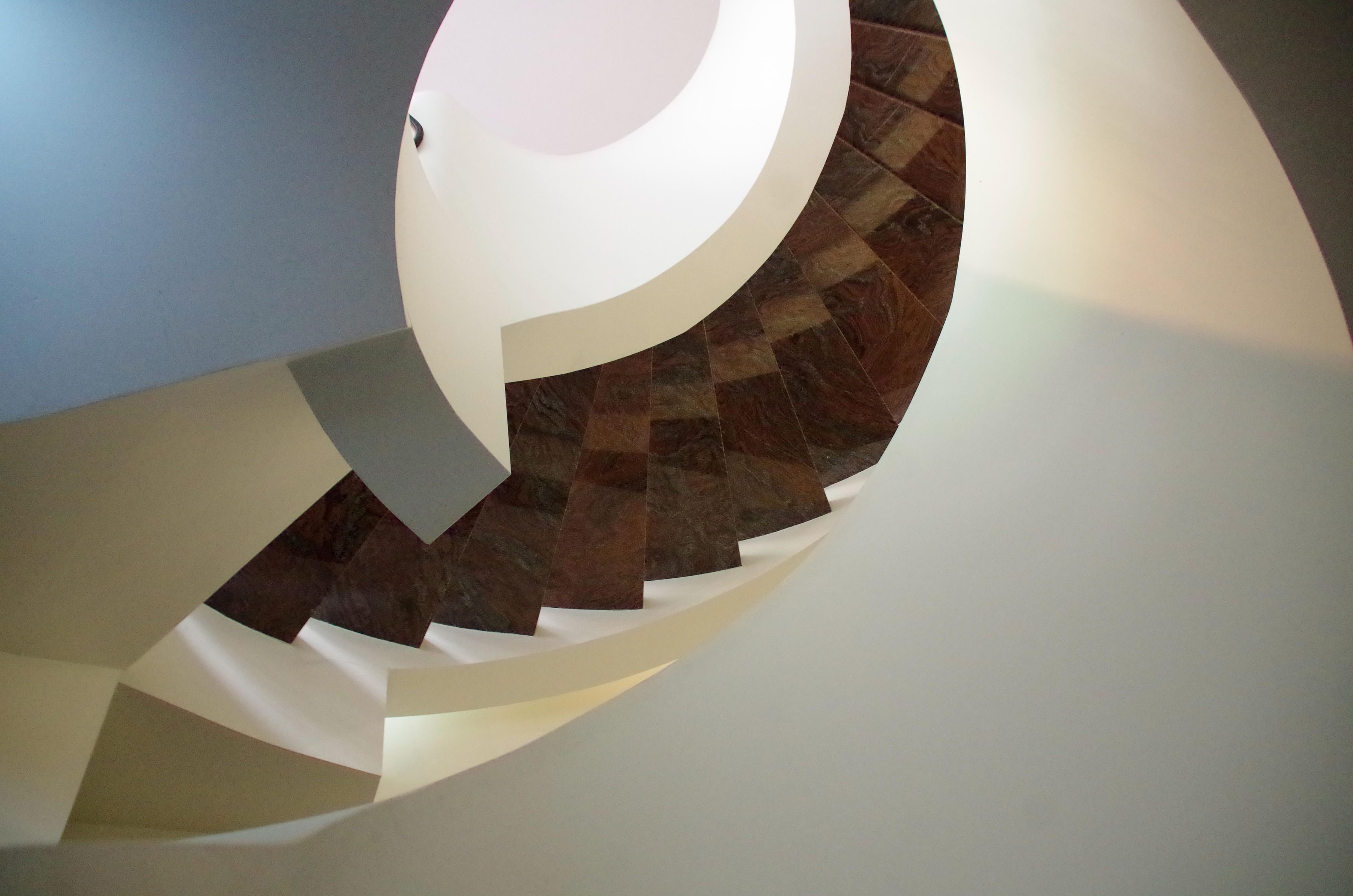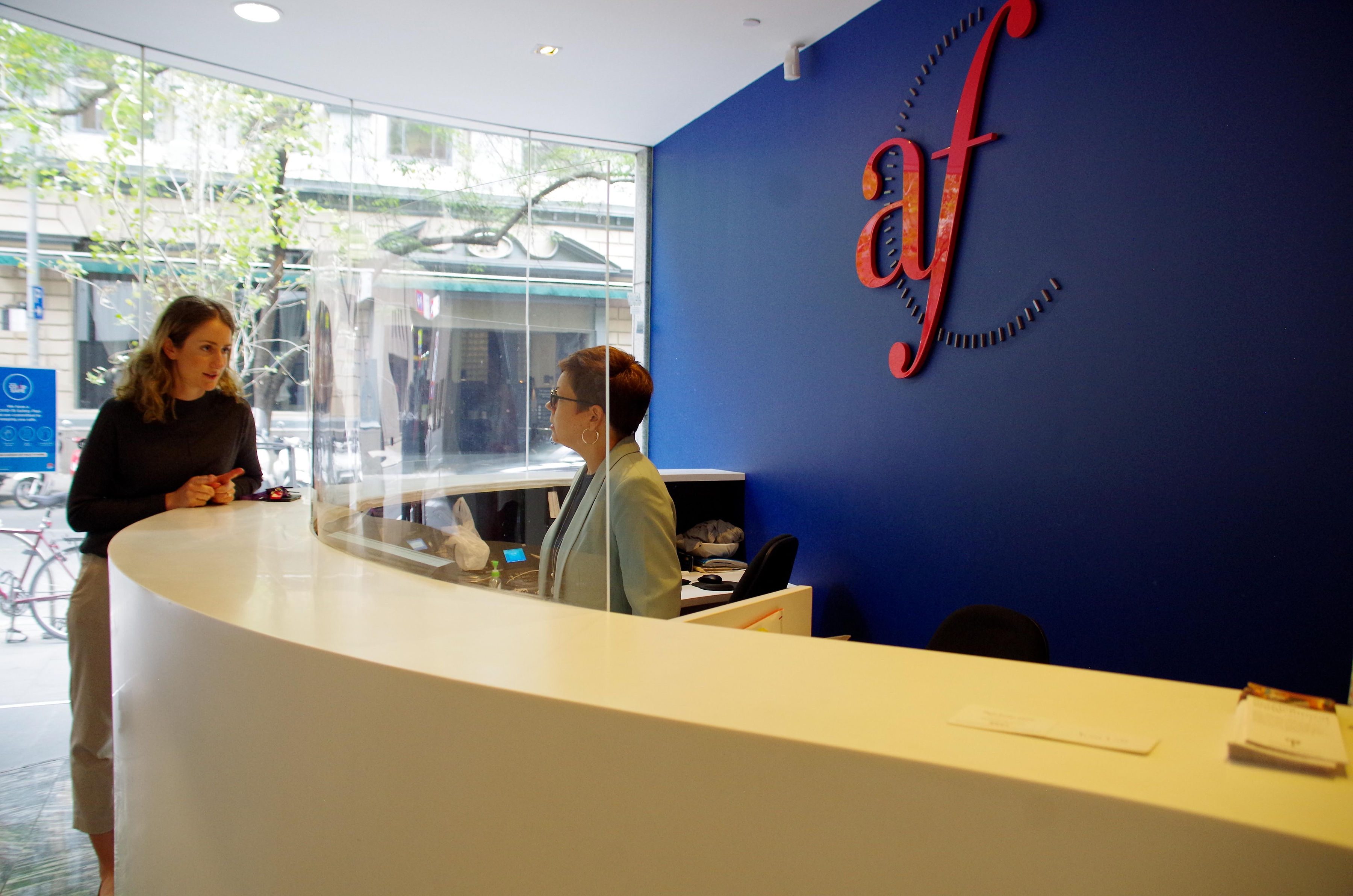The Alliance Française de Sydney (AFS) is an independent, not-for-profit language and cultural organisation promoting Franco-Australian exchange. With 130 years’ experience in teaching French, the AFS offers a wide range of French courses, cultural events and services for all levels and ages at its CBD and Chatswood locations.
With an ambitious mission to spread the French language and culture well beyond the borders of France, it is one of 824 Alliances Françaises in 138 countries all over the world and the most highly regarded school for learning French in Sydney. AFS is also proud to be ranked among the top 15 Alliances Françaises worldwide, a recognition of its excellence in language education, cultural programming, and community engagement
Since 1989, AFS has organised the annual Alliance Française French Film Festival (AFFFF). This prestigious festival has become a very important event in Australia with an exponential increase in attendees every year.
Our mission is to:
|
|
To promote the learning and use of the French language in our state |
|
|
Enhance the knowledge of Francophone cultures |
|
|
Contribute to the cultural and linguistic diversity of Sydney |
|
|
Contribute to and be a part of the innovative network of Alliance Française branches around the world. |
We are driven by our values:
|
|
The Alliance Française de Sydney embraces and promotes understanding of cultural diversity through its extensive range of events and
experiences |
|
|
We collaborate closely with other organisations which share the traditional French values of ‘liberty, equality and fraternity’ |
|
|
We are apolitical but steadfast in our desire to bring people together from all walks of life in a safe and respectful learning
environment |
|
|
We respect our environment as protecting our planet is key to all our futures |
The Alliance Française is an independent, not-for-profit language and cultural organisation. It was founded in 1883 in Paris as a national association to promote the French language around the world under the guidance of Pierre Foncin and Ambassador Paul Cambon. The Paris Alliance was created the following year by a board of directors featuring famous figures such as Jules Verne (author), Louis Pasteur (chemist and biologist) and Ferdinand de Lesseps (diplomat). The first Alliance Française abroad was created in Barcelona that same year.
Today there are 824 Alliances Françaises in 138 countries, with more than 500,000 students worldwide, from Argentina to Canada, from the furthest tip of Africa to northernmost Scandinavia and across Russia, Asia and Oceania. Even in France – from Paris to Nice – the Alliance Française offers international students the opportunity to discover the richness of the French culture whilst living right in the midst of it. Each Alliance Française is an independent association bound by a common purpose to the Fondation Alliance Française. Each is, however, part of a worldwide network and is recognised for its high quality programs as well as the strong bonds forged with its local cultural, educational and business communities in addition to the French Government.
Today the Alliance Française has set the benchmark for teaching French as a foreign language. The Alliance’s recognition by the French Ministry for Education and European organisations such as ALTE (the Association of Language Testers in Europe) clearly demonstrates its leadership in this field. The Alliance Française courses and programs creatively bring together French language and culture in a very diverse student body, proving that a language truly lives only when shared.
The Alliances do not play a French diplomatic role at an international level. However, they can provide information on how to contact the French embassy or consulate. In Australia, passionate supporters and volunteers have worked alongside one another since 1895 to establish a dynamic network of Alliances that symbolises the strength of the friendship between France and Australia.
For 130 years, Alliance Française de Sydney has been working to fulfil its mission of promoting the French language and enhancing knowledge of Francophone cultures.
Before opening its doors as a language centre, Alliance Française de Sydney opened as a Media Centre with 600 books donated by the Paris Committee Donation
The centre as we know it today first opened in this year, with a focus on education as opposed to cultural events. Georges Biard D’aunet was the first president of the Alliance.
On 6 October, under Albert Pinard, the first social event took place: the Bal-Concersazione. French conversation evenings and recitals were also launched for AFS students.
Following Germany's declaration of war, the Alliance returns to its state as a library, with the absence of so many members of Sydney's French families and disruptions to daily life.
Due to "problèmes relationnels", the Alliance moves to 36 Moore Street, on the corner of Castlereagh Street.
The Alliance moves again to 42 Bridge Street, and remained here throughout the inter-war period.
The Alliance shared a building at 2 Bond Street with FACCI and Le Courrier Australien, the French Consulate and the French Benevolent Society.
France restarts nuclear testing in the Pacific Ocean, much to Australia's displeasure. This causes some cross-cultural tension which is felt by the Alliance.
The spiralling staircase which cascades toward the entrance foyer was the last commercial and public design by
famed architect, Harry Seidler. Joel Hakim and Bruce Bland lead this project.
Over the period of a week, the Alliance develops and transitions to a remote learning model, as Sydney is plunged into lockdown in attempt to contain an outbreak of the coronavirus.
In 2023, we commemorated 140 years of the global Alliance Française network, spanning over 800 locations in 132 countries with 500,000+ students. It was a landmark year for Alliance Française de Sydney as well, achieving record-breaking results with the language school.
Come and celebrate 130 years with us all year round!
|
|
|||
|
L. Tuit | |||
|
D. Kent | |||
|
J. Hakim | |||
| 2000-00 | R. Heras | |||
| 1998-99 | W. Weemaes | |||
| 1997-98 | K. Hanett | |||
| 1984-97 | B. Hillman | |||
| 1983-84 | B. Bland | |||
| 1980-83 | I. Barko | |||
| 1973-80 | P. de Boos Smith | |||
| 1972-73 | P. Dressler | |||
| 1967-72 | M. Pile | |||
| 1953-66 | A. H. Brenac | |||
| 1949-52 | L. Blanc | |||
| 1947-48 | I. Henning | |||
| 1944-46 | L. Duplatre | |||
| 1943-43 | J. Playoust | |||
| 1941-42 | E. Doucet | |||
| 1936-40 | H. Poynter | |||
| 1928-35 | A. Wunderlich | |||
| 1926-28 | P. Bonnet | |||
| 1924-25 | P. de Champmorin | |||
| 1922-24 | E. G. Waterhouse | |||
| 1921-22 | A. Soubeiran / E. Doucet | |||
| 1917-21 | P. Lamerand | |||
| 1915-17 | E. de Baillou | |||
| 1910-15 | P. Durieux | |||
| 1910-10 | A. Soubeiran | |||
| 1905-10 | E. Rougier | |||
| 1904-05 | L. Nettement | |||
| 1899-1904 | G. Biard d'Aunet |
Under the leadership of the President, Phillip de Boos-Smith, the board envisaged acquiring a space which would provide stability and be seen as a heritage property going forward. After studying 20 projects, the board chose a small, three-floor building in Clarence Street which was formerly used by radio station 2SM.
In July 1978, the Alliance moved into 257 Clarence Street. The BNP granted the Alliance a 20-year loan with a mortgage on the property as a guarantee.
In 1999, Joel Hakim rejoined the board and dreamt of providing the organisation with modern premises. With this in mind, he relaunched the idea of redeveloping the site. But it was necessary to obtain expertise in real estate.
Phillip de Boos-Smith joins the board as the father of the first building project.
In August 2001, he rejoined the board to assist with the project. The transformation of the Alliance into a financially stable company took place with an improvement in productivity and a reduction in expenditure.
Bruce Bland joins the board. He had a solid background in construction and project management and his presence enabled the project to proceed.
His first contribution was to convince Harry Seidler to participate in the project, a famous Australian architect, known for his design of the Australian Embassy in Paris.
Harry Seidler produced a plan which showed that the appearance of Clarence Street could be enhanced with a building of 12-13 storeys, approved by the City of Sydney.
Construction took place under the supervision of Bruce Bland who worked in collaboration with Seidler.
As Harry Seidler died in March 2008, he did not live to see the building completed. Peter Hirst who was an architect at Seidlers, was in charge of the work site and Hiromi Shiraishi, a Japanese architect, was responsible for the decoration of the café and the choice of other items.
On November 5, 2009, the building was inaugurated by the Governor of New South Wales, Marie Bashir and the Ambassador of France Michel Filhol.
In less than 8 years, the loan had practically been reimbursed, thanks to rigorous management by successive teams lead by my successors, David Kent and Lyn Tuit.
It had been a beautiful adventure. Perhaps we would have renounced the project had we known what lay ahead given the time constraints and hurdles we had to devote to the project.
Given the positive outcome, we can be grateful that we did not know this at the time.
Many Alliances around the world have contacted us since to seek our advice as they too would like to embark on a similar project.
Our response has always been: We were able to do this because we owned a valuable asset in the 1970’s.
Without this, it would not have been possible for us to go ahead.
Joël Hakim
President of the board of directors, Alliance Française de Sydney (2001-2013)
